Lake Bracciano, what to see: 10 must-see stops
Lake Bracciano is an important naturalistic oasis just a stone’s throw from Rome, but not only. Lake Bracciano is an ideal place for a vacation that combines the outdoors with discovering the traditions of ancient civilizations and the secrets of places that hide enchanting views at every turn. Among medieval castles, archaeological sites, ancient parish churches and perched villages that are reflected in its deep blue waters, Lake Bracciano offers visitors so many opportunities for knowledge and recreation. On the shores of Lake Bracciano there are numerous hiking trails that wind through the lush hills of the Bracciano-Martignano Regional Natural Park, just as there are many opportunities for lovers of water sports, who find here one of the best equipped centers in all of central Italy. The towns of Bracciano, Anguillara Sabazia, Cerveteri and Trevignano Romano themselves are rich in monuments and places of great historical and cultural interest. Here are ten places not to be missed on Lake Bracciano.
1. The Orsini-Odescalchi Castle in Bracciano.
Considered one of the most beautiful and impressive Renaissance residences in Europe, the Orsini-Odescalchi Castle is one of the most appreciated and recognized symbols of the entire Bracciano area. Its construction dates back to the late 15th century, commissioned by Napoleon Orsini, but over the centuries the castle has long been the subject of fierce disputes between the most important Roman families, starting with the Colonna and the Borgia. Today it is a popular venue for important events, but above all it is a year-round museum that tells the story of these lands through an important collection of ancient weapons, furnishings, paintings and period manuscripts, not to mention the sumptuous decorations and frescoes that dot the entire palace.
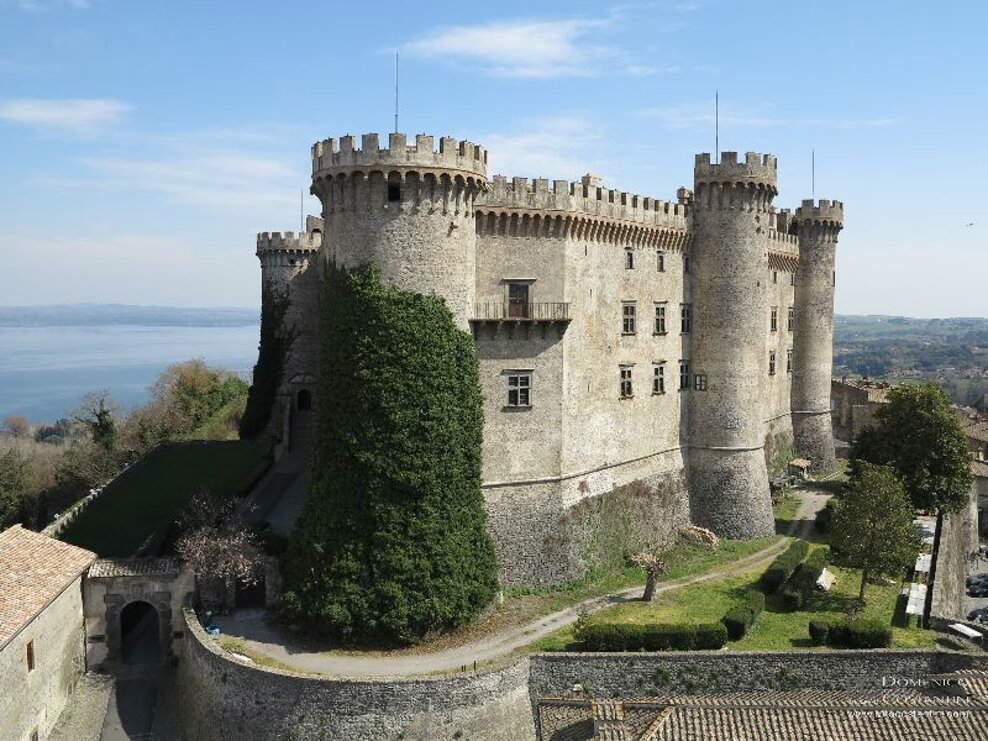
2. The village of Bracciano
Overlooking the waters of the lake, Bracciano is a very quaint village. From the top of the hill on which it is perched it dominates the entire area and offers enchanting views in which the deep blue of the volcanic lake blends with the green of the woods. The village itself, however, is a real jewel of medieval architecture that winds all around the magnificent Orsini-Odescalchi castle. Here is a veritable maze of narrow streets surrounded by ancient houses built of lava stone that offer the visitor enchanting views. Also deserving special attention are the 13th-century Cathedral of Santo Stefano, the church of Santa Maria Novella and, last but not least, the belvedere of the Sentinel, an old defensive bastion now an evocative terrace overlooking the lake.
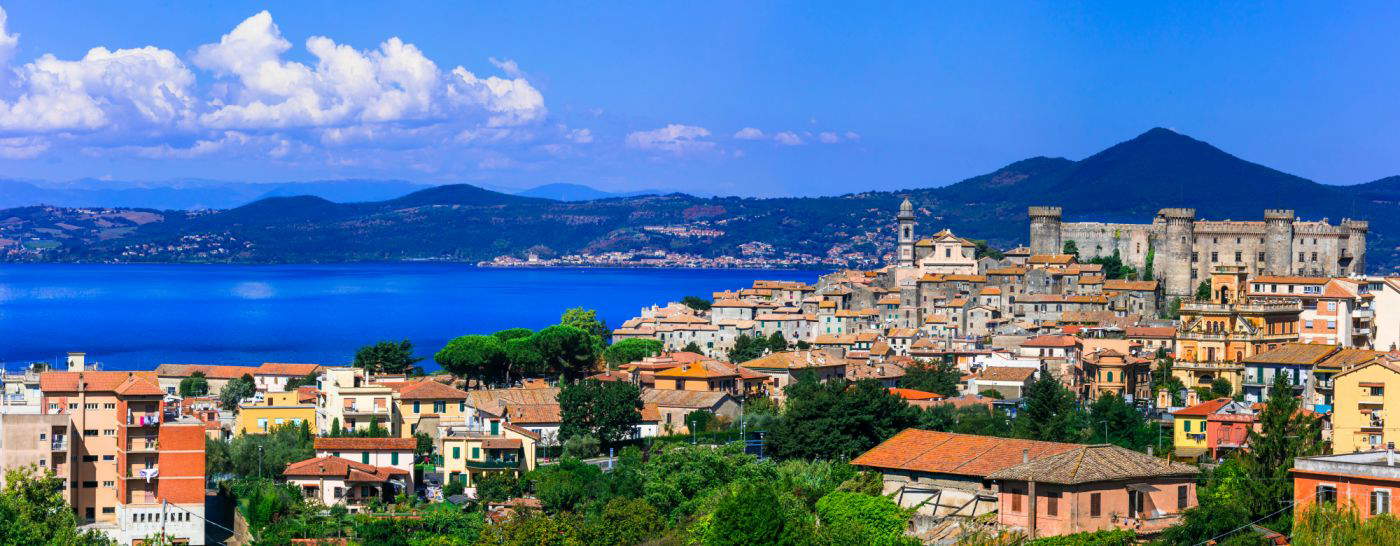
3. The village of Anguillara Sabazia.
One of the most picturesque places on all of Lake Bracciano is definitely Anguillara Sabazia. This ancient fishing village is perhaps less well known than neighboring Bracciano, but it offers equally picturesque views and vistas, all set in a relaxed atmosphere where you can best enjoy what these lands have to offer. In Anguillara Sabazia there are several beaches where one can find refreshment away from the crowds, but it is above all the historic center that enraptures visitors’ hearts. It is a splendid agglomeration of Romanesque-style architecture including the 16th-century gate and the medieval keep that houses the Museum of Rural Civilization and Popular Culture. On the top of the promontory, on the other hand, is the 18th-century collegiate church of Santa Maria Assunta, while there are numerous archaeological sites around the town, including the Neolithic village found at La Marmotta.
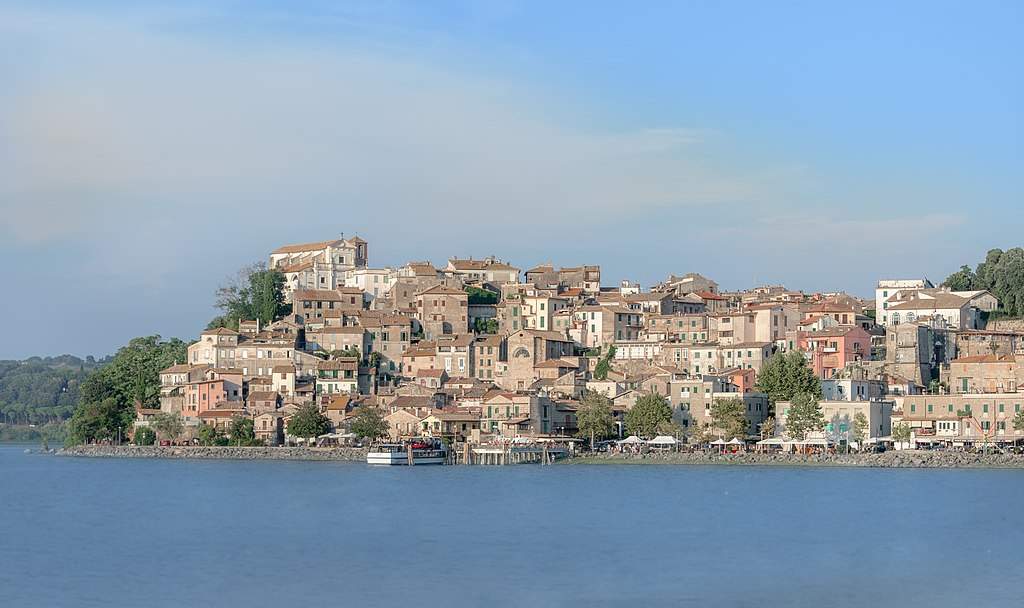
4. The church of Santa Maria Maggiore in Cerveteri.
A symbol of the Latium town, the church of Santa Maria Maggiore is believed to have been built on the site of an earlier Etruscan temple. Instead, the present building was erected around the year 1000, and its vicissitudes have gone hand in hand with the history of Cerveteri. The church was expanded in 1959 with the addition of a new part that grafts onto the ancient one. The latter is a magnificent example of the Romanesque style, although the façade presents a mixture of different styles since it has long been remodeled over the centuries. Among the most important works preserved inside is the Comatesque-style flooring made by Tuscan artists in the 13th century.
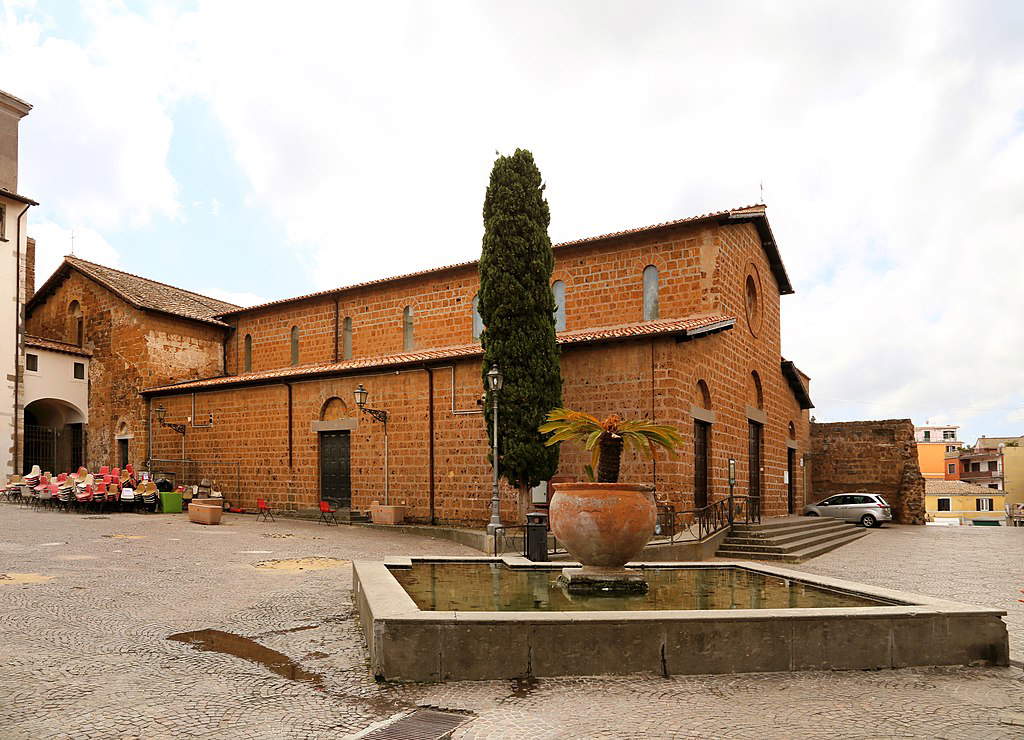
5. The Necropolis of the Banditaccia in Cerveteri.
Together with that of Tarquinia, the Banditaccia necropolis, which recently became part of the new Cerveteri and Tarquinia Archaeological Park, is part of the UNESCO World Heritage Site and is one of the earliest examples of sites referable to the Etruscan civilization. The Banditaccia necropolis is to date one of the largest in the ancient world, the entire area is crossed by a burial route more than 2 kilometers long, and its origins are traced from the 9th century B.C. to the Hellenistic-Roman period. In its approximately 400 hectares of extension, the Banditaccia necropolis preserves many thousands of burials, although the fenced-in part that can be visited today covers about 10 hectares and has 400 mounds. The oldest tombs are of the pit type, while from the seventh century B.C. onward large mounds with burial chambers dug in the tufa and decorated with motifs inspired by the forms of domestic architecture developed. Instead, imposing funerary monuments such as the famous Tomb of the Reliefs are from later centuries.

6. The National Cerite Museum of Cerveteri
It is located inside the impressive 14th-century Ruspoli Castle and is considered one of the most important places to discover the secrets of Etruscan civilization. The Cerite National Museum houses many artifacts that have come to light from excavations in the area of the ancient city and, in particular, in the Banditaccia necropolis. Strolling through the rooms of the museum, one can take a real journey back in time admiring grave goods found in the Sorbo necropolis and then more vases, ceramics and urns dated between the 7th and 6th centuries BC. The museum tour then ends with some objects from the Manganello temple and the Odescalchi collection, which has numerous Greek, Etruscan and Roman vases, among others.
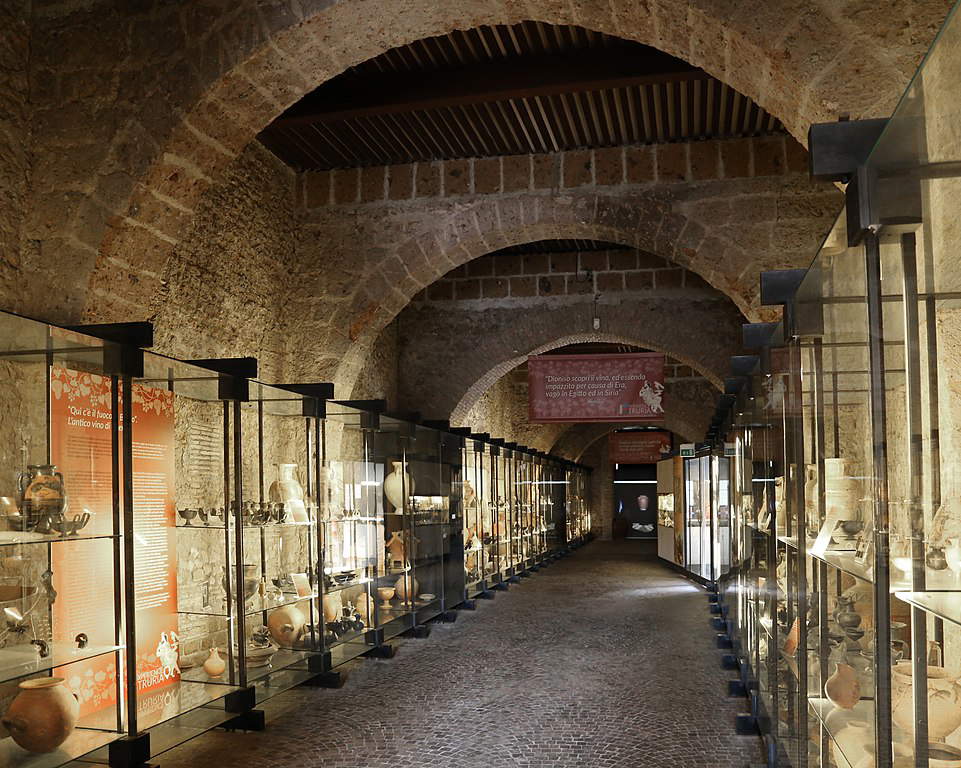
7. The monastery of San Vincenzo Martire in Bassano Romano.
It includes a wonderful 17th-century church, built by the Giustiniani family and dedicated to St. Vincent, a 3rd-century Spanish deacon. Inside, in a side niche, one can admire the first version of the Christ of Santa Maria sopra Minerva executed by Michelangelo Buonarroti and left unfinished due to a defect in the marble, a stain on the face that emerged during execution. The monastery, which passed into the hands of the Silvestrine congregation in the 1940s, has long hosted boys from war-torn families from all parts of Italy, offering them board, lodging and education; today its premises are a sought-after destination for conferences and events.
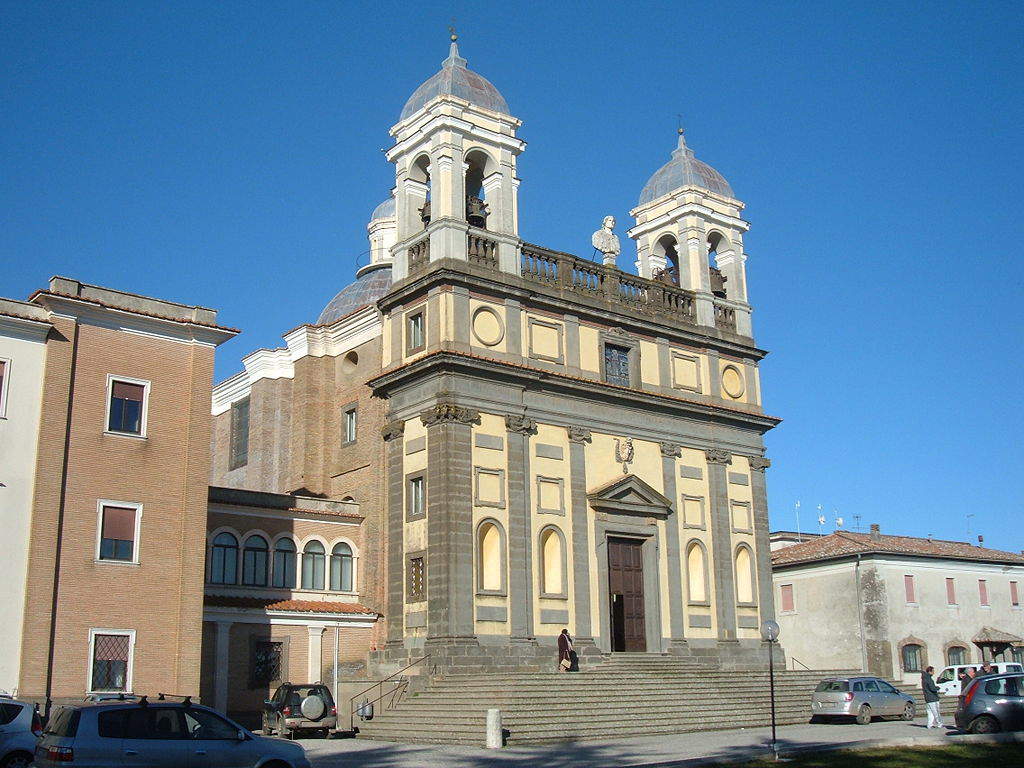
8. Altieri Palace in Oriolo romano.
Originally known as Santacroce, Palazzo Altieri is a shining example of 16th-century architecture and its events have followed step by step those of these lands. Construction began at the behest of Giorgio III Santacroce, whose family later passed ownership first to the Orsini and then to the Altieri. Today it houses a museum divided into 14 rooms that showcase ancient paintings and precious collections such as those kept in the gallery of the Popes, commissioned by Clement X, which includes portraits depicting successive popes in the history of the Church. Also imposing and particularly impressive is the large park surrounding the palace, which originally served as a hunting garden.
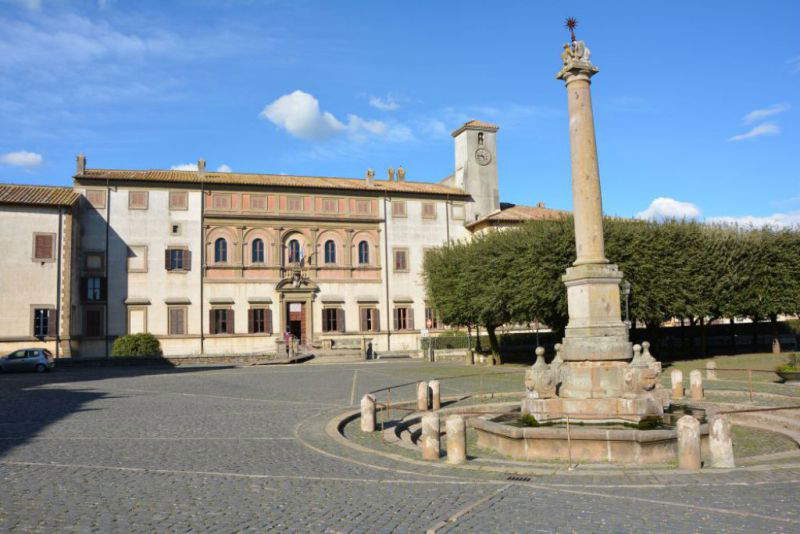
9. The Doebbing Palace Museum in Sutri
The former seat of the bishopric of Sutri, Palazzo Doebbing has been the religious and cultural center of the entire town for centuries. It owes its name to Father Joseph Bernard Doebbing, a German by birth and elected bishop of Nepi and Sutri in 1900. It was Monsignor Doebbing who wanted the renovation of the bishop’s palace in Sutri, promoting important works on the education of youth, clergy and people. The building has since been completely refurbished as of 2010 and is now one of the most beautiful exhibition venues in Lazio that manages to combine together its ancient charm with the modern spirit embodied by the many artists who have exhibited their works here.
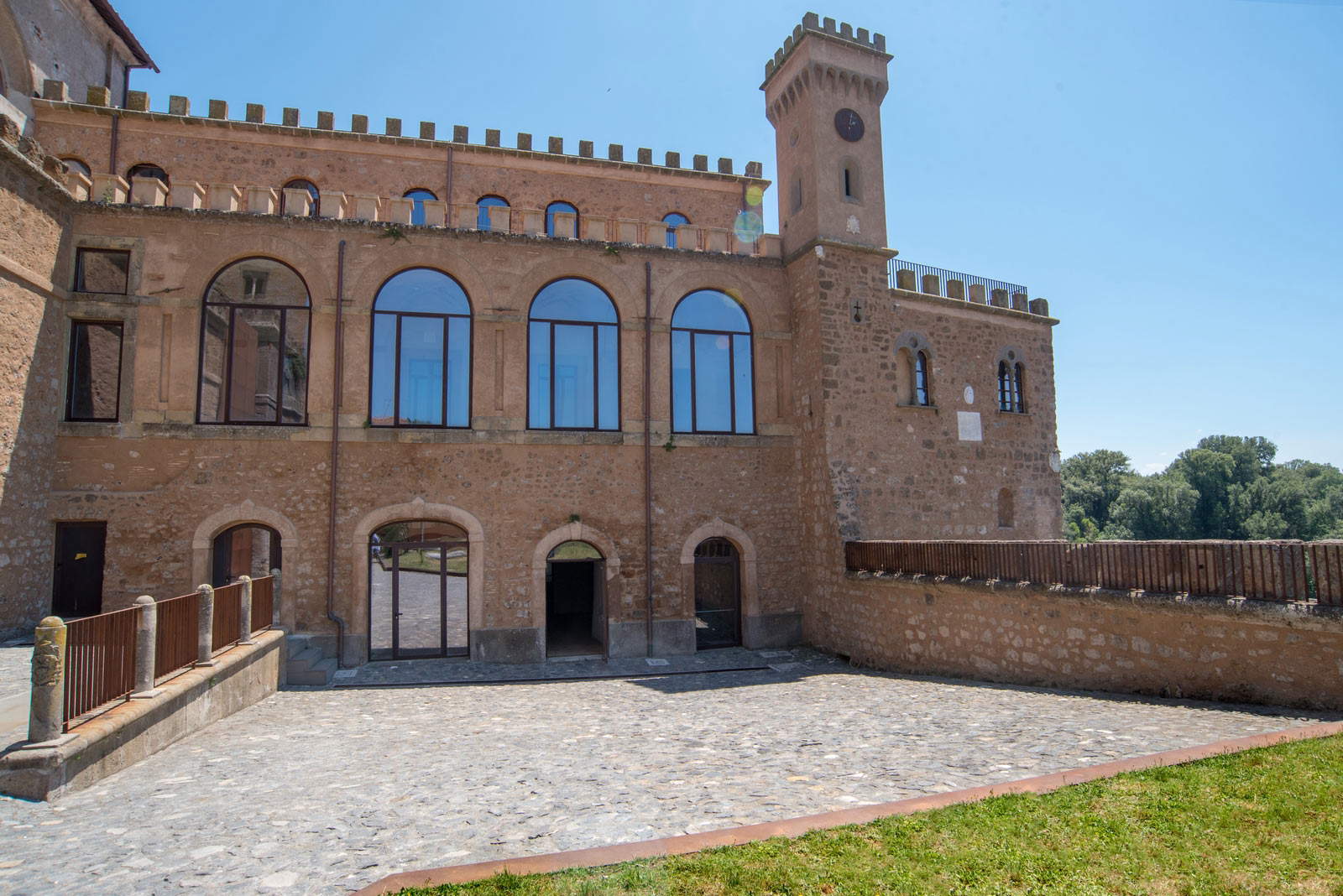
10. The village of Trevignano romano
This town of ancient origins dominates the northern part of Lake Bracciano. Trevignano romano lies on the heights of the Sabatini Mountains, nestled in a cove on the slopes of Mount Rocca Romana. Its historic center winds all around the Vico fortress, also known as Orsini Castle, an imposing building dating back to 1200, of which only a few remains today. To enrapture the heart, and the eyes, of the visitor, however, is above all the unique atmosphere that succeeds a walk among the characteristic houses of Trevignano set before the magnificent views of the lake and the surrounding hills. Very beautiful then are the many churches in this village among which stands out that of the Madonna assumed into heaven that is located at the highest point of the historic center.
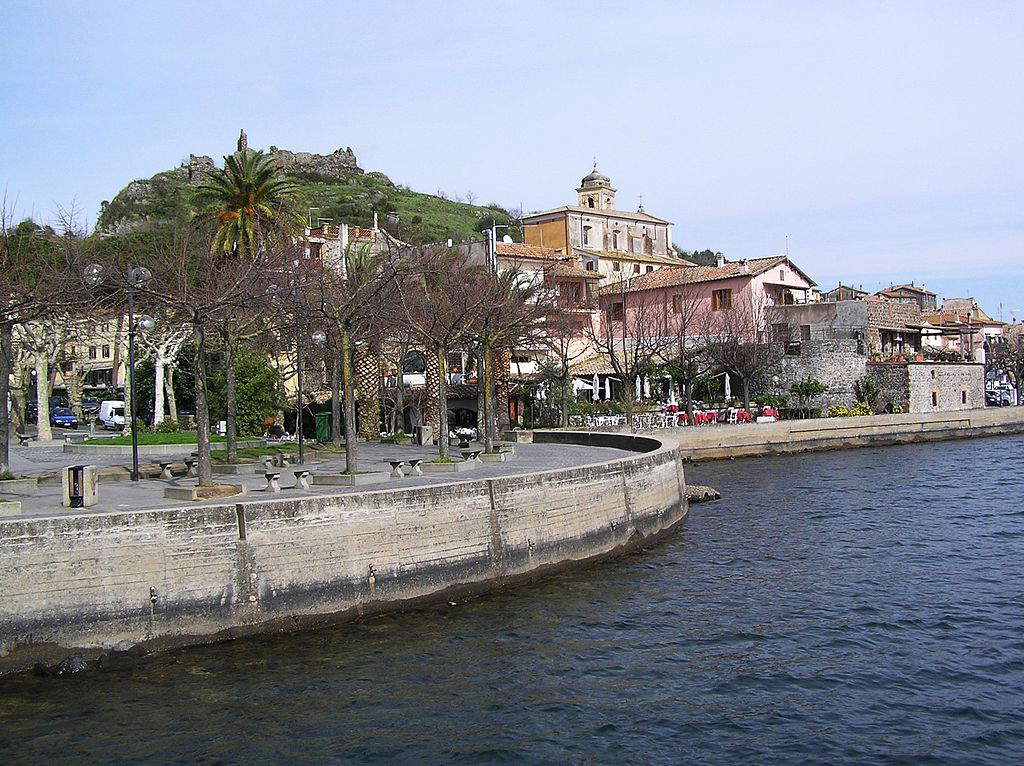
 |
| Lake Bracciano, what to see: 10 must-see stops |
Warning: the translation into English of the original Italian article was created using automatic tools. We undertake to review all articles, but we do not guarantee the total absence of inaccuracies in the translation due to the program. You can find the original by clicking on the ITA button. If you find any mistake,please contact us.





























